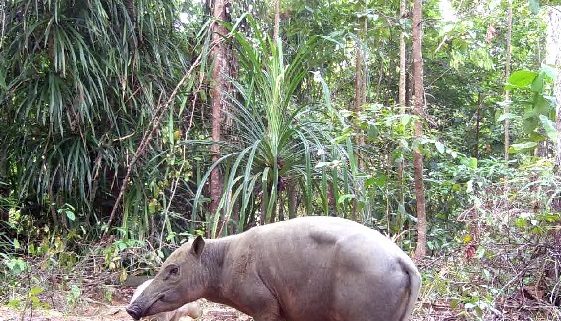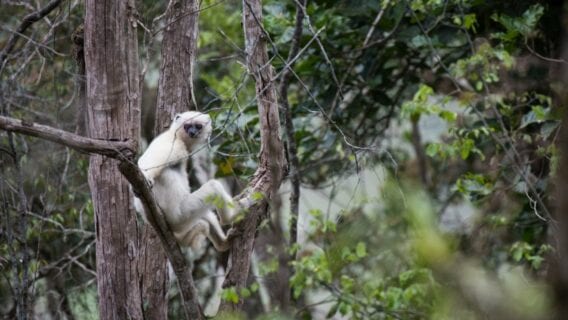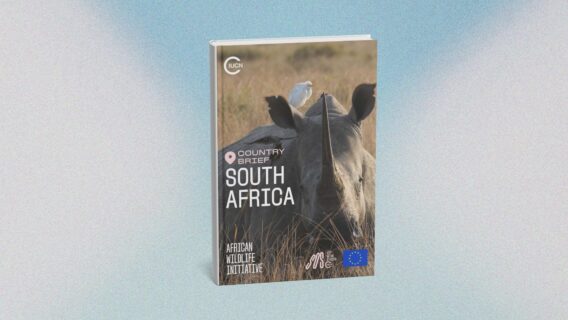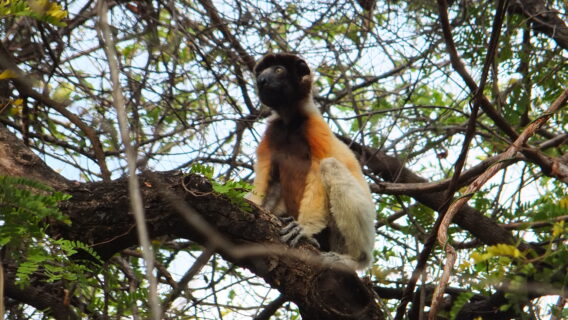
Efforts to safeguard the Hairy Babirusa in Indonesia
Project overview
The Moluccan babirusa, endemic to the islands of Buru and Sula, is protected based on Indonesia Law and listed as Vulnerable on the IUCN Red List of Threatened Species. Despite its protected status, the Moluccan babirusa population is in danger due to land conversion and hunting. While safeguarding is urgently needed to maintain the long term persistence of the species, insufficient ecological data hinders adequate management strategies.
Threats

Habitat loss & degradation

Poaching
This project seeks to address these knowledge gaps. by utilising a camera-trapping approach to gather data on species presence and absence across 80 stations, distributed proportionally based on land cover.
Project objectives
- Assess the occupancy of the Moluccan babirusa on the study area. By knowing where the species is, it will aid decision makers/land managers in planning conservation actions, determining prioritized areas for conservation, and then allowing them to allocate available resources efficiently.
- Estimate the density of the Moluccan babirusa population in the project area.
- Provide scientific-based recommendations for conserving the Moluccan babirusa on the east of Buru Island, thus helping conservationists propose the necessary inputs for species conservation.
Project activities
This project will deploy camera traps at 80 sites, generating information that will be used to collect data on population distribution and density. At each site, we the project will also retrieve information on canopy openness and sign of human presence.
This project is implemented by Tri Sayektiningsih, Seoul National University.




